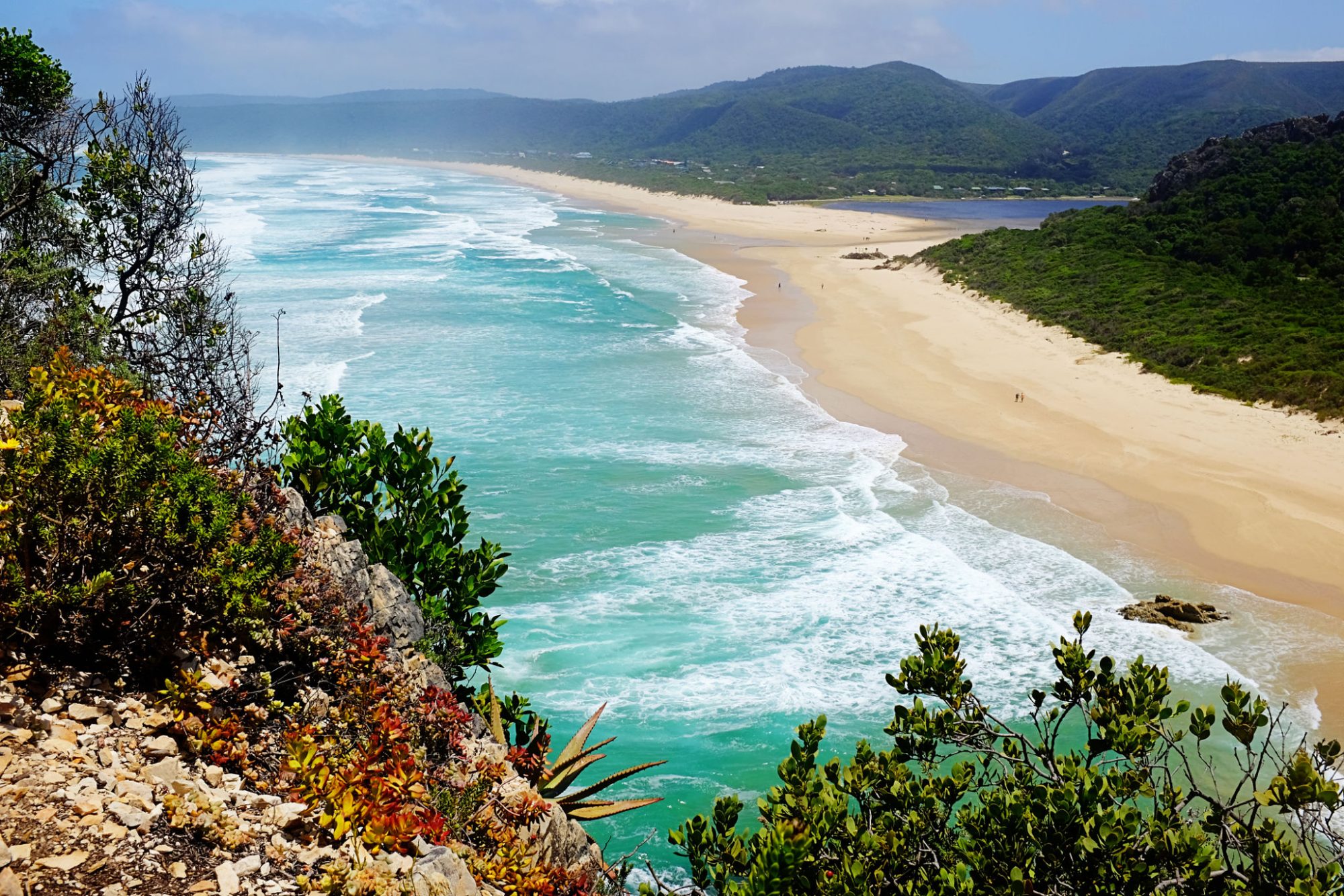10 tips to prepare yourself for a cycling race
Whether you’re aspiring to race in the Tour de France or simply enjoy cycling as a form of exercise, applying these ten training strategies will help you become a better, faster, and more efficient cyclist, no matter what speed or distance you ride.
1- Train for Cardiovascular Endurance
Long-distance bike racing requires cardiovascular endurance.1 This refers to the rider’s ability to generate energy to the working muscles for hours of intense exercise, day after day. There are many different ways to train in order to increase endurance.
Some of the most effective endurance training programs for cyclists include:
- Long slow distance training (LSD)
- Base training
- Tempo training
- Interval training
- Circuit training
- Fartlek training
2- Build Power for Sprints
:max_bytes(150000):strip_icc():format(webp)/male-athlete-climbing-staircase-73667901-5a3542b64e4f7d003a0fac68.jpg)
Although elite-level cyclists tend to specialize in one area of riding, a well-rounded cyclist will be able to ride long and hard and still have a “kick” or sprint at the end of the race. Explosive exercise training routines are one way to increase power output, and ultimately, increase your odds of winning a group sprint.2
Get started with the following workouts:
- Squatting: Squats are an effective form of strength training for cyclists.
- Stair-running workouts: Stairs are another great way to build power.
3- Eat the Right Food at the Right Time
:max_bytes(150000):strip_icc():format(webp)/cyclist-passing-water-bottle-to-training-partner-561405173-5a3543daeb4d520037b1c1a4.jpg)
It’s essential to eat and drink for sports performance and recovery.3 It can be a complicated process, and many athletes work with nutritionists and coaches to find the perfect balance of calories and nutrients that work best for them.
Even the most complicated nutrition plans, though, share these basic principles:
- The Pre-Exercise Meal: Learn how to fuel yourself to have a great workout.
- The Post-Exercise Meal: Learn how to eat for optimal recovery.
4- Make Sure Your Bike Fits You
:max_bytes(150000):strip_icc():format(webp)/hispanic-woman-riding-dirt-bike-in-rural-landscape-172600914-5a354568e258f80036c7186b.jpg)
No matter what type of cyclist you are, riding a bike that fits you well is essential to both comfort and efficiency. If you have neck, back, or knee pain, saddle sores, hand or foot numbness, or fatigue, your bicycle probably doesn’t fit you properly.4
A good bike fit can also improve your pedaling efficiency and aerodynamics and actually make you faster. It’s also important to make sure your helmet fits correctly and that everything on your bike is in working order before you start your ride.
5- Don’t Forget to Stretch
:max_bytes(150000):strip_icc():format(webp)/woman-doing-stretching-exercises-on-mat-in-gym-200488730-001-5a3545d8aad52b00368f2728.jpg)
Recommendations to stretch or not stretch seem to change from year to year and can vary from expert to expert. However, due to the repetitive nature of cycling, it is important for cyclists to maintain flexibility and muscle balance in some specific muscle groups.
Cyclists tend to develop muscle tightness in the hamstrings, hip flexors, shoulders, and chest if these muscles aren’t stretched regularly.
6- Improve Your Bike Handling Skills
:max_bytes(150000):strip_icc():format(webp)/group-of-racing-cyclists-200129249-001-5a35463c7bb2830037c8f693.jpg)
Pro cyclists have amazing bike handling skills. They are smooth around corners, stable through descents, and aware of road conditions and traffic. Skilled cyclists ride predictably and follow the rules of the road.
Good bike handling is essential if you plan to ride in a paceline where riders follow within inches of each other to take advantage of aerodynamics. In a paceline, the lead rider battles air resistance and creates a draft that saves the other riders up to 30% of their energy.5 This type of riding takes tremendous bike handling skills.
If you want to improve your bike handling, ride with skilled riders, take a bike safety course, join an established local cycling club and ask questions about improving your bike handling skills.
7- Don’t Go It Alone
:max_bytes(150000):strip_icc():format(webp)/mountain-bikers-race-along-path--in-mountains-177484909-5a3546be494ec90036bbaf65.jpg)
Training alone day after day can eventually lead to a plateau. In order to improve your cycling and performance, consider joining a local club or bike racing team that aligns with your skills and challenges you to meet your goals.
Being a part of a team is also essential for racing at a competitive level. Team strategies and tactics are an integral part of every bike race.
Find a local bicycle club at USA Cycling.
8- Get Some Rest
:max_bytes(150000):strip_icc():format(webp)/GettyImages-500775736-5706d0445f9b581408d3f619.jpg)
Don’t forget the value of rest days and cross-training off the bike. Rest and recovery are essential for achieving peak performance in any sport.6 Stretching, massage, sleep, and general downtime are often used by pro athletes to recover from their demanding workouts.
Overtraining can easily occur in athletes who train too frequently and at high intensity.7 It’s important to watch for the signs of overtraining and listen to your body when it is calling for rest.
9- Exercise Off The Bike
:max_bytes(150000):strip_icc():format(webp)/trail-running-in-oregon--154062602-5a35483489eacc0037ec5d64.jpg)
If your main sport is cycling, it’s important to get off the bike and do a bit of cross-training on occasion. This is most important in the off-season, but maintaining flexibility and enjoying another form of exercise throughout the year can keep your muscles balanced and help you avoid overuse injuries.8
Training the same way day after day often leads to staleness, fatigue, and boredom and makes you more prone to injury or burnout. You may eventually hit a plateau and fail to see any additional improvement. Elite athletes use the off-season to mix it up and modify their workouts every few weeks or months.
10- Wear Cycling-Specific Clothing
:max_bytes(150000):strip_icc():format(webp)/GettyImages-168831312-5705f6813df78c7d9e96c6e7.jpg)
Cycling clothing may seem a little flashy or unusual at first, but specialized clothes do serve a purpose.
Clothing: The tight-fitting clothing minimizes wind resistance as well as increases visibility. The shorts have special padding to eliminate chafing and increase comfort on the saddle, and yes, they are to be worn without underwear.
Bike Shoes: Most cyclists wear special shoes with cleats that attach to the pedal with a click and release with a twist. This not only increases cycling efficiency (you can pull up as well as push down on the pedal) but also increases safety.
Bike Helmet: The bike helmet is a mandatory piece of safety equipment. No sanctioned bike races will allow a rider to compete without a helmet.
Author: Verywell Fit
Verywell Fit uses only high-quality sources, including peer-reviewed studies, to support the facts within our articles. Read our editorial process to learn more about how we fact-check and keep our content accurate, reliable, and trustworthy.








